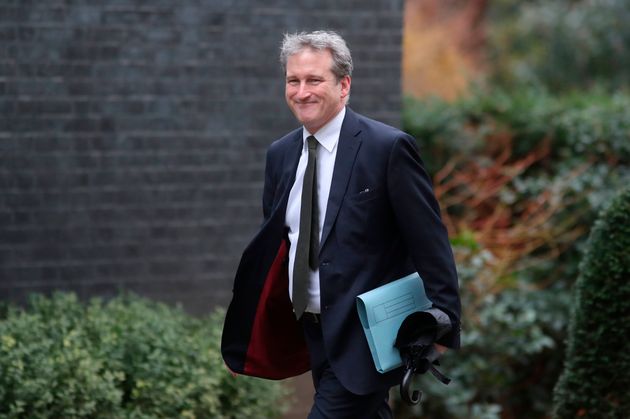
During his first meeting as Education Secretary Damian Hinds asked for a discussion on the Government’s 2016 Green Paper ‘Schools that work for everyone.’ Alongside plans to expand existing grammar schools the paper contains proposals to lift the so-called “faith cap” that prevents new faith schools from selecting more than half of their intake from their own religion. The faith cap has most impacted Catholic schools because under Canon law Catholic bishops have obligations not to turn away students based on their Catholic faith. This means that the Catholic Church has been prevented from opening any new free schools.
In Hinds, the Prime Minister has found someone who’s views are far more in accordance with her own, or at least those of her former adviser and architect of these proposals Nick Timothy. Hinds attended a voluntary-aided Catholic grammar school and is a long-term critic of the cap leading a House of Commons debate on the subject in April 2014. Earlier this month he commented: “I’m interested in having good school places and that includes schools with a religious aspect. Where there is parental demand and where there is a need for places, I want it to be possible to create those new schools.”
The rules around a faith cap were brought in under the Coalition Government in 2010 to force children of different backgrounds to mix and to counter extremism. In its 2017 election manifesto, the Conservative Party promised to abolish the cap but after losing its majority there were rumours that the Government might quietly drop the proposal. The then Education Secretary, Justine Green, was personally opposed to the manifesto pledge, as was new Chief Executive of Ofsted Amanda Spielman, who announced that she was “uncomfortable” about opening more single faith schools.
The Department for Education has made clear that supporting social mobility remains the Department’s key priority but lifting the faith cap seems to be at odds with this. Recent research from The Education Policy Institute concludes that faith schools are socially selective and do not boost social mobility. The research shows that faith schools educate a lower proportion of disadvantaged children than non-faith schools (12 per cent at Key Stage 2 versus 18 per cent; 12.6 per cent at Key Stage 4 versus 14 per cent); educate a lower proportion of pupils with special educational needs (16.8 per cent at Key Stage 2 versus 19.7 per cent; 14.4 per cent at Key Stage 4 versus 16.6 per cent); and enrol a larger proportion of high attaining pupils (28.4 per cent at Key Stage 2 versus 23.7 per cent; 27.4 per cent at Key Stage 4 versus 24.5 per cent).
But what of Catholic schools specifically? Theresa May recently said that “Catholic schools are more ethnically diverse, more likely to take pupils from the poorest backgrounds and are more likely to be rated good or outstanding by Ofsted”. A body of evidence supports her view. Thirty-nine per cent more pupils in Catholic schools are from the poorest backgrounds compared to the national average for primary schools and more than 80 per cent of Catholic secondary schools are rated good or outstanding by Ofsted. One in three pupils at Catholic schools are not Catholic.
Some will argue that no other type of school is required to apply a quota to achieve inclusivity. We haven’t set quotas by social class, gender or ethnicity. Why single out faith? Others will highlight the fact that faith schools are heavily oversubscribed and very popular with parents. But the strongest argument for abolishing the cap is that it is a manifesto promise. In the 2017 manifesto the Conservative Party said: “we will replace the unfair and ineffective inclusivity rules that prevent the establishment of new Roman Catholic schools, instead requiring new faith schools to prove that parents of other faiths and none would be prepared to send their children to that school”. There is no ambiguity in that statement, and having made the commitment, it should be no surprise if ministers act on it.